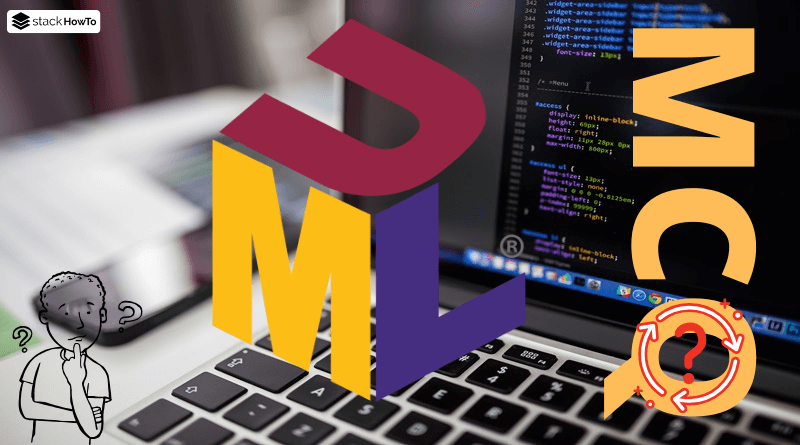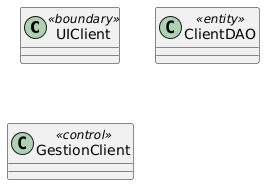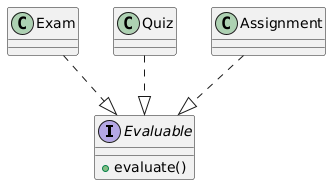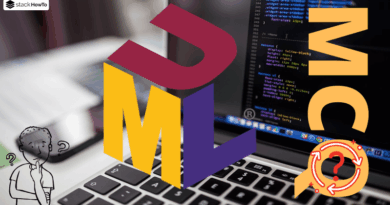UML Diagrams MCQs Questions With Answers – Part 30
Test your knowledge and boost your confidence with these multiple-choice quizzes focused on UML diagrams, foundational software engineering concepts, and real-world best practices. Designed for students, developers, and exam candidates, these MCQs offer a quick and effective way to assess your understanding and sharpen your skills.
1. How is an anonymous object denoted in a UML object diagram?
A anon :Class
B :Class
C <<anonymous>>
D *Class
2. Which UML mechanism allows customizing UML for a specific business domain?
A Use cases
B Combined fragments
C UML profiles (stereotypes, tags, constraints)
D Dependencies
3. Which type of interaction diagram shows object exchanges organized vertically over time?
A State diagram
B Component diagram
C Sequence diagram
D Composite structure diagram
4. What is happening here?
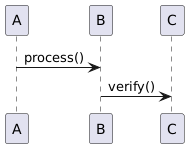
A A calls C directly
B C calls A
C A calls B, who then calls C
D C calls B, then B calls A
5. What role does validate() play here?
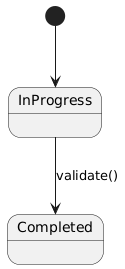
A It is a state
B It is an event that triggers a transition
C It is a class
D It is an interface
6. What does this relationship mean?
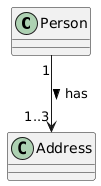
A A person can have up to 3 addresses
B A person has exactly one address
C An address can have up to 3 people
D A person cannot have any address
7. What do <<entity>> and <<controller>> represent?
A Abstract classes
B Methods
C Visibility constraints
D UML stereotypes, used to indicate a role or nature
8. In a UML activity diagram, what is the difference between an activity and an action?
A An activity is faster
B An action is a subset of an activity
C An activity always depends on an actor
D An action cannot have inputs/outputs
9. A UML stereotype can be applied to:
A Only one class
B Any UML element matching its extension
C Only to objects in an object diagram
D Only to packages
10. You have an interface Evaluable, implemented by the classes Exam, Quiz, Assignment. What is the relationship?
A Generalization
B Composition
C Realization
D Aggregation

